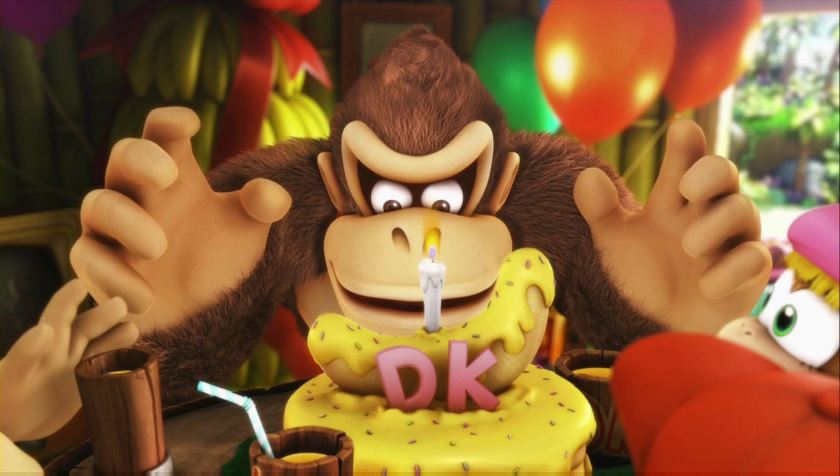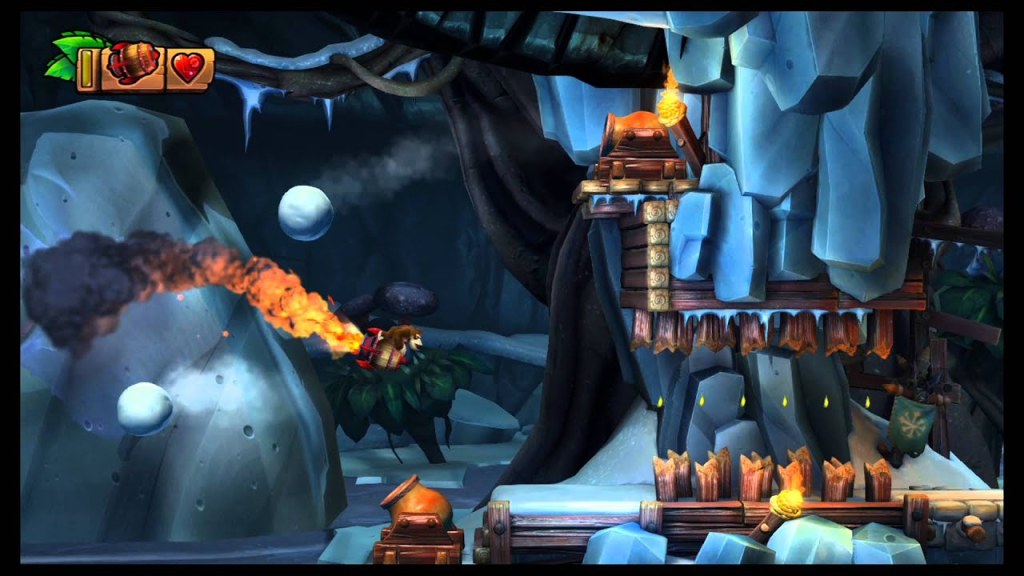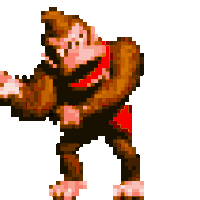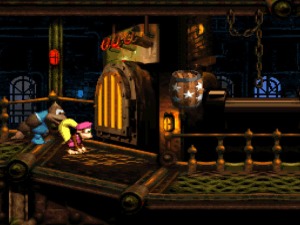Today, February 13th 2024, marks the ten-year anniversary of the release of Donkey Kong Country: Tropical Freeze on the Wii U in Japan. Ten years later, and it’s still one of Nintendo’s greatest achievements, one of the best platformers of all time, the best Wii U game, and one of my all-time favorites. It’s also probably the most underrated Nintendo game ever made.
I was elated at E3 2013 when it was announced that Retro Studios were working on a second Donkey Kong Country game. Donkey Kong Country Returns was a brilliant, well, return for the DKC series. Donkey Kong Country has always had a strong place in my heart, and Retro Studios proved they could handle the series just as well as Rare did back in the 1990s. A second DKC from Retro Studios was something I wasn’t expecting but couldn’t have been happier with. Too bad I was in the minority at the time, as most people were upset that Retro Studios wasn’t working on another Metroid game (despite having made three already by that point) or a new Star Fox (which was just a baseless rumor anyway). So yes, the ‘controversy’ around Tropical Freeze could be summed up as “it wasn’t Metroid.” That has to be the dumbest video game controversy of all time (okay, maybe the “Bayonetta dresses differently in Bayonetta 2 so is she even Bayonetta anymore?” controversy is probably a little more dumb). Though going back to 2013, the most recent Metroid game was Other M, one of the worst Nintendo games of all time. Between that or more of what Donkey Kong Country Returns gave us, well, it was a no brainer which one I wanted to see more of.
This non-troversy got so bad that at least one reviewer on a “professional” gaming site gave Tropical Freeze a mixed-to-negative review, seemingly still throwing a tantrum that the game wasn’t Metroid (thankfully, this same site would rectify the sin of this reviewer when Tropical Freeze was re-released on the Switch in 2018, giving it a much more glowing review). Suffice to say, this backlash, combined with the fact the game was released on the ill-fated Wii U, did not work in Tropical Freeze’s favor.
Well, it was their loss. Because Donkey Kong Country: Tropical Freeze surpassed Returns in every way, becoming one of the best platformers of all time in the process. The level design is god-tier, the additional characters in Dixie and Cranky add a new layer to the gameplay, the bosses are among the best in genre history, it was the toughest Nintendo game in decades, and David Wise – the composer of the original SNES DKC trilogy – returned to score a soundtrack that sits comfortably alongside the first two entries in the series as an all-time great. If Returns proved Retro Studios could handle Donkey Kong Country, then Tropical Freeze proved that they’d mastered the series.
On the downside, we haven’t had a new Donkey Kong game since Tropical Freeze. In these past ten years, Tropical Freeze was ported over to the Nintendo Switch, but no follow-ups (or even spinoffs) to Retro Studio’s Donkey Kong series have been released. There have been on-and-off rumors for years now that the team behind Super Mario Odyssey were making a brand new 3D platformer in the Donkey Kong series, but rumors are all they’ve been. A 3D platformer from the team behind Odyssey is a very promising prospect, but I still think another sidescrolling Donkey Kong Country is overdue at this point. After all, the classic DKC series was comprised of a trilogy on the SNES. It seems fitting that Retro Studio’s take on the series get the same treatment (unlikely at this time, seeing as Retro is working on Metroid Prime 4. We’ve come full circle). Though after ten years, us Donkey Kong fans would just like something.
On the upside, Tropical Freeze’s re-release on the Nintendo Switch helped the game finally get (at least some of) the recognition it always deserved. The tepid praise Tropical Freeze received during its initial Wii U run was now a thing of the past. With the wave of “it’s not Metroid” being long past in the rearview mirror, players and critics could now view Tropical Freeze for being what it is. And what it is is one hell of a platformer.
Since its release in February 2014 (the 13th in Japan, 21st in America and Europe, and 22nd in Australia), I don’t think there’s been a 2d/side-scrolling platformer that’s been as good since (Super Mario Bros. Wonder and Sonic Mania probably come the closest). And I think Tropical Freeze was the best 2D/side-scrolling platformer since, well, Donkey Kong Country 2 was released nearly nineteen years beforehand. Tropical Freeze is that good.
If I may even say something a tad controversial, I would go so far as to say Donkey Kong Country Tropical Freeze is the best game Nintendo has made outside of some of the 3D Mario games (and the Super Mario RPG remake) of the past couple of decades (yes, that includes Zelda). It’s just a perfectly put together video game. The real question is why didn’t I score it a 10/10 in my reviews for either the Wii U or Switch version? It, alongside Bloodborne, are probably the two games I could have given a perfect score but for some (stupid) reason didn’t. Perhaps I will go back and up those scores someday, or perhaps I’ll leave the scores as is, to show that we all make mistakes (and that you shouldn’t put all-importance on the little number at the end of a review. My constant gushing over Tropical Freeze says more than any number ever could).
At any rate, while we wait with bated breath for Nintendo to announce a new Donkey Kong game (whether DKC or otherwise), let’s all take time to reflect on a decade of one of Nintendo’s unsung masterpieces.
Happy tenth anniversary, Donkey Kong Country: Tropical Freeze!
Not bad for a game that ‘wasn’t Metroid.’































